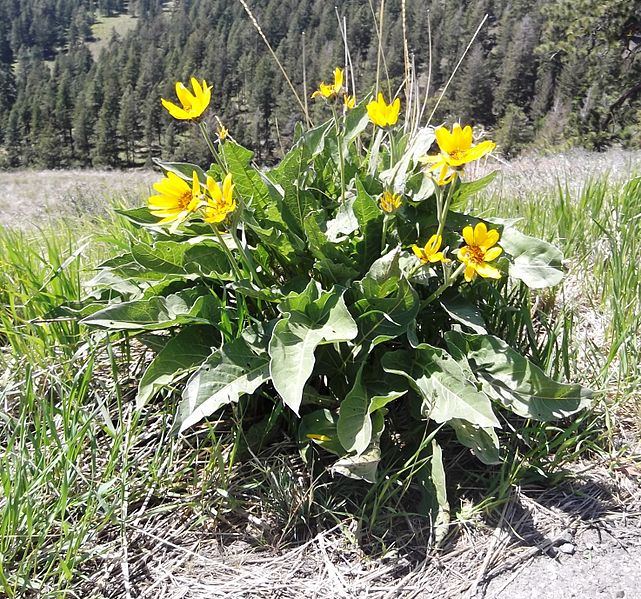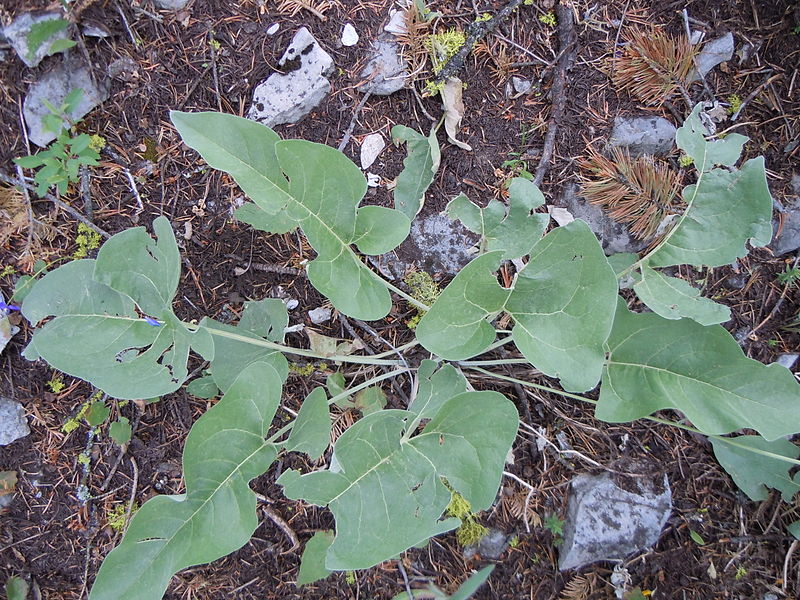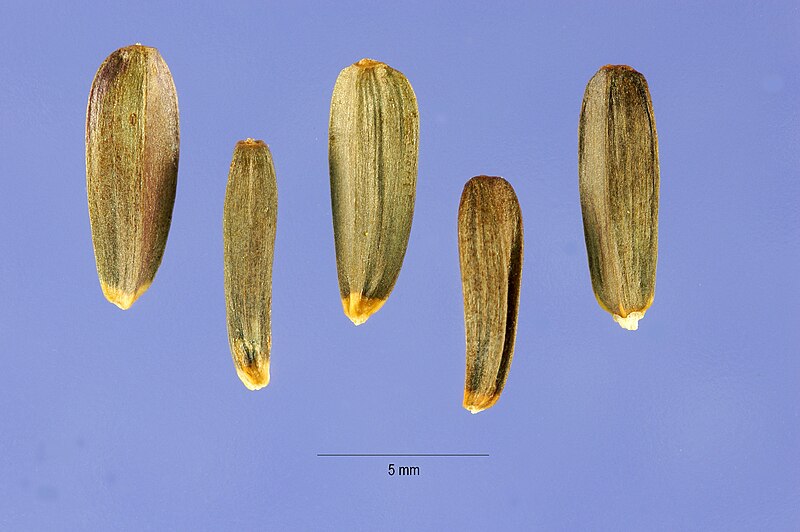Arrowleaf Balsamroot Identification – Balsamorhiza sagittata
Heads up
Arrowleaf Balsamroot, with the botanical name Balsamorhiza sagittata, belongs to the plant family Asteraceae. For those unfamiliar, the Asteraceae family consists of various flowering plants including sunflowers, daisies, and lettuce. Another name you might hear associated with this plant is ‘Oregon sunflower’, owing to its sunflower-like appearance.
Arrowleaf Balsamroot is a long-lived perennial, meaning it will come back year after year. It’s recognized not just for its beauty but also for its resilience. The name ‘balsamroot’ is derived from the balsam-scented resin present in its thick taproot.
Arrowleaf Balsamroot: Key Parts in Photos




Where to find it
Arrowleaf Balsamroot loves deep, rich soils which are commonly found under the shade of ponderosa pines and amidst sagebrush habitats, particularly at middle elevations. The best time to spot this plant in its full glory is from spring to early summer when it’s in bloom.
How to identify Arrowleaf Balsamroot
Arrowleaf Balsamroots can reach heights between 1 to 2 feet. What you’ll notice first are its striking yellow flowers that resemble sunflowers. They typically grow solitary on long stalks, known as peduncles. These flowerheads have long ray flowers, and tubular disc flowers at the center. Depending on the plant, you might see anywhere from 8 to 25 of these ray flowers.
The leaves are another defining characteristic. They grow at the base of the plant forming a dense cluster or rosette. These basal leaves are shaped like arrowheads or hearts and can grow up to 18 inches long. These leaves initially have a silver sheen due to fine hairs, especially beneath, but as they mature, they turn greener. If the plant has stem leaves, they are much smaller than the basal ones and often look more like bracts. The stems themselves are quite unique. They are almost leafless and end in the sunflower-like inflorescence. Moreover, these stems and the basal leaves are covered in soft, dense hairs, giving them a gray-green hue.
The fruit of the Arrowleaf Balsamroot is called a ‘cypsela’, which is quite similar to an achene. For simplification, throughout many botanical discussions, the term ‘seed’ refers to both the cypsela and the actual seed inside. When these seeds mature, they turn from brown to black.
Beneath the soil, Arrowleaf Balsamroot has a thick taproot. From this main taproot, there are lateral roots, which are also quite thick and can run horizontally for a couple of feet before heading downwards. These lateral roots play a crucial role in the plant’s ability to survive in dry conditions as they can reach moisture deep in the ground.
